Ertach Kernow - St Germans a village with history and fun
St Germans may not be on many Cornish folks list of places to visit being far to the east and almost on the Cornish and England border. For those travelling into England perhaps a stop off at this historic town could be planned and a chance to take a break.
One of those villages in Cornwall that has a long and interesting history St Germans has a population of less than 1,500 virtually unchanged for over two decades, since the new civil parish of Deviock was carved from St Germans in 1997. Name in the Domesday book survey in 1086, St Germans was within the largest 20% of settlements recorded and worth £13.00.00 annually to its Tenant in Chief the Bishop of Exeter. About 930 King Æthelstan of England nominated Conan as Bishop of Cornwall with the de facto cathedral of Cornwall at St Germans. This Cornish episcopal see lasted until 1050 when it merged with Crediton and transferred to Exeter. Alongside the original Anglo-Saxon church building at St Germans a monastery was established, later reorganised as an Augustine Priory by Bartholomew Bishop of Exeter during his period of office, between 1161 and 1184. This period also saw the rebuilding of the church largely replacing the earlier Anglo-Saxon building.
The church, which became the priory church, was consecrated in 1261 by Bransgrove Bishop of Exeter and consisted of a nave of six bays and narrow aisles on either side. The late consecration was due to the original Saxon high alter remaining in situ until much later, following Norman rebuilding of the church completed in 1200. Both the north and south aisles were later removed. Despite its age St Germans Church preserves more original Norman building in its iconic west front than any other church in Cornwall. This consists of the two massive towers and the wonderful late Norman doorway really major features of this church. Shortly after the transfer of the church to the local parish in the 16th century the early 13th century choir was demolished as it had fallen into decay and was not required. Other alterations have taken place over the centuries and many visitors including antiquarian John Leland and writer Richard Carew have given some insight into the evolution of this building through their works. During the period 1887 to 1894 restoration and alterations were carried out by the architect James Piers St Aubyn, well known for his church work throughout Cornwall and Devon.
Like many other towns and villages, the dissolution of the priory in 1539, due to the Reformation begun by Henry VIII, took its toll on St Germans which had benefitted from its early days as a monastic settlement and later a priory. The church building remained and following the transfer to the local parish has been somewhat of a burden, through its great size to the relatively small local community. Powerful or wealthy local families were often an asset to towns, villages and wider parishes. Abolishment of the priory and ultimate sale of the priory property adjoining the church to the Eliot family was a blessing. This former priory buildings now a Grade I house underwent substantial rebuilding in the neo-classical style during the late 18th to early 19th centuries by the renowned architect Sir John Sloane. Some 100 acres of land stretching down to the River Lynher include gardens laid out by Humphry Repton, a worthy successor to Capability Brown, taking place during the same period. The activities of the Eliot family over a long period of over four hundred years and its impact on St Germans to the present day cannot be given justice in the limited space here but has been largely most beneficial.
A number of towns and villages throughout Cornwall, including St Germans, were boroughs and as such elected two MP’s to Parliament. In 1831 the borough itself with a male population of 247 and an overall population of 672 made up only a small proportion of the 2,404 parish residents. The introduction of the Bill, later becoming ‘The Representation of the People Act 1832’ and known more widely as The Great Reform Act, saw St Germans along with 56 other boroughs in Cornwall and England losing both their MP’s. It was a close fought fight in Parliament but allowed Penryn which was linked to Falmouth under the Great Reform Act to keep its two MP’s for a while longer.
St Germans lies on the River Tiddy a tributary of the River Lynher, itself a branch of the River Tamar. The Tiddy rises at Pensilva and after joining the larger Lynher forms a large tidal basin before joining the Tamar. The estuary saltmarshes formed here are an important habitat for birds and included with in the area designated of Special Scientific Interest. There is a quay, now used by the local Quay Sailing Club since the early 1970’s, that was originally used for loading and unloading of goods including timber, limestone, and coal. It was also used for fishing during the 19th century. There was some smaller boatbuilding taking place here, but now this seems to be related to boat storage facilities.
Benefiting from the newly opened Royal Albert Bridge the Cornwall Railway Company opened a station at St Germans on 4th May 1859. This company was later amalgamated with Great Western Railway Company under Great Western and Cornwall railway companies' Amalgamation Act 24th June 1889. To the east of the railway station is the imposing St Germans Viaduct crossing the River Tiddy. The original viaduct was of 16 timber towers construction with piles driven into the mud of the River Tiddy. There were masonry plinths where the trestle joined the land, with the total length totalling 945 feet long and 106 feet high. Later the railway line was rerouted, and the current thirteen arch stone viaduct completed in 1908 when the original timber viaduct was demolished. The railway station is a well-preserved building and there is also a late 19th century carriage that has been converted to a two-bedroom holiday home adjacent to the railway line. A real bonus for railway enthusiasts.
It's always wonderful to see historic properties within towns and villages and St Germans has some 16th century almshouses now known as The Galleries. These were built by Sir William Moyle in 1583 to house a dozen poor folk in single room accommodation. Externally preserved they have subsequently been internally reconstructed to form four larger apartments but are Grade II* listed helping preserve them far into the future.
Although it appears that St Germans is a quiet historic settlement, it has and does have its moments. As with many early towns and villages that became boroughs, St Germans had a fair and market, important in medieval times for the buying and selling of farm produce and animals. Records show in 1086 that St Germans had a ‘Sun market’ owned by the Bishop of Exeter, but later reduced to nothing due to the Earl of Cornwall, Robert of Mortain, having a market close by at Trematon. A Thursday market was granted by Henry III in 1222 and in 1311 a Charter was granted by Edward II to Walter, Bishop of Exeter for a Friday market and a fair on the feast of St Peter ad Vincula (1st August) to be held at the manor. There was a record from 1652 stating 'there was a Fayre keept yeerely within the Towne of St Germans upon the Last Tursday in Maye'. This fair was closed down during the Commonwealth period by Oliver Cromwell. Following the Restoration in 1660 the fair was revived along with the new Oak Apple Day festivities marking the restoration of the monarchy. Following a decline, it seems to have once more died out, but happily restored in 2012. This year the St Germans May Tree Fair celebrations take place on 28th and 29th May. This looks a joyous occasion with music, dancing, tug of war, food and drink and general merriment!
The Eliot family of Port Eliot have been central to other festivities, and many will remember the Elephant Fayre that ran at Port Eliot between 1981 and 1986. The first festival had an attendance of about 1500 people, but by 1986 attendance had grown to around 30,000. As it grew in size the fayre attracted some top-quality well-known bands, but also bad pennies including groups of New Age travellers causing trouble, leading to the events cancellation. However, in 2003 a revised event, the ‘Port Eliot Lit Fest’ came into being and ran for many years. The organisers believed ‘there was room for a new kind of literary event, with the craic of a music festival. The writers, poets and journalists appearing at the festival were encouraged to perform material they would not be given the opportunity to present at orthodox literary festivals.’ The last festival was held in 2019, ending due to financial viability, also coinciding with the pandemic which closed most festival activities. This was not the end and in 2022 a new festival was launched with ‘Tunes in the Park’, running for three days this year from 25th to 27th August.
Outside the festivals and fairs, St Germans is a quiet and historically interesting place to visit. Besides the awesome church and other historic buildings, the Port Eliot estate is open at certain times to visit the extensive gardens or the historic house. Whatever your interest St Germans has something to offer and is clearly a village that knows how to have fun as well as preserving its ancient heritage.
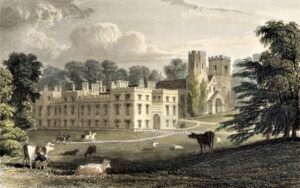
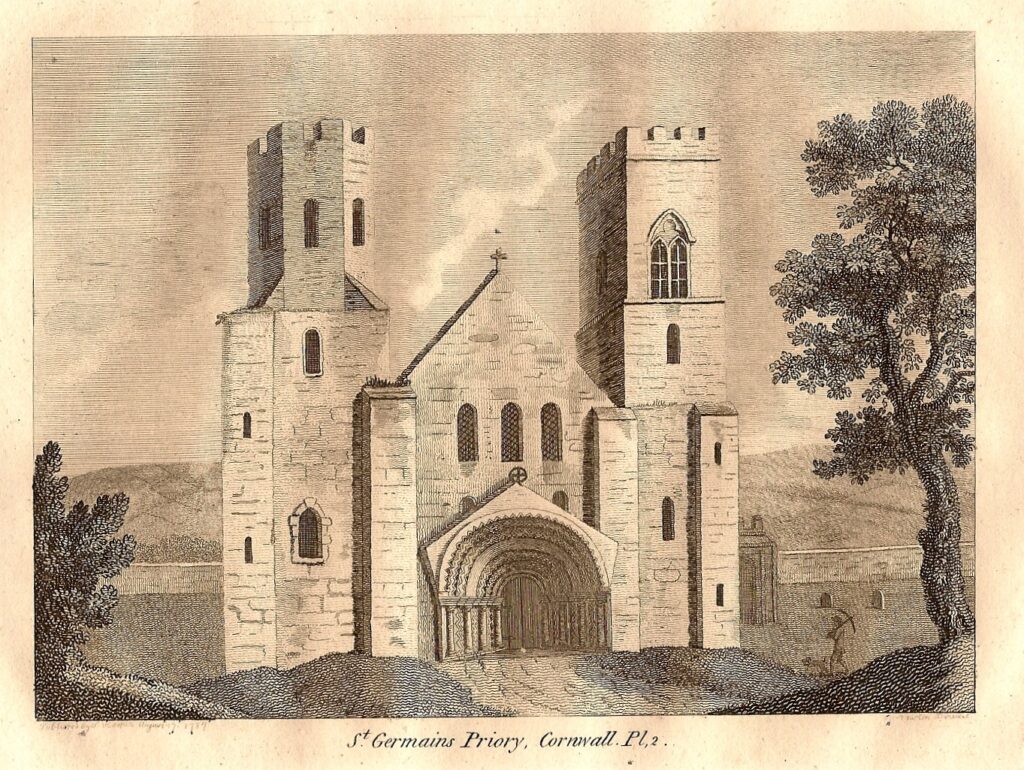
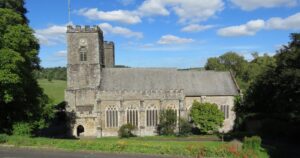
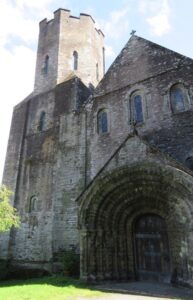
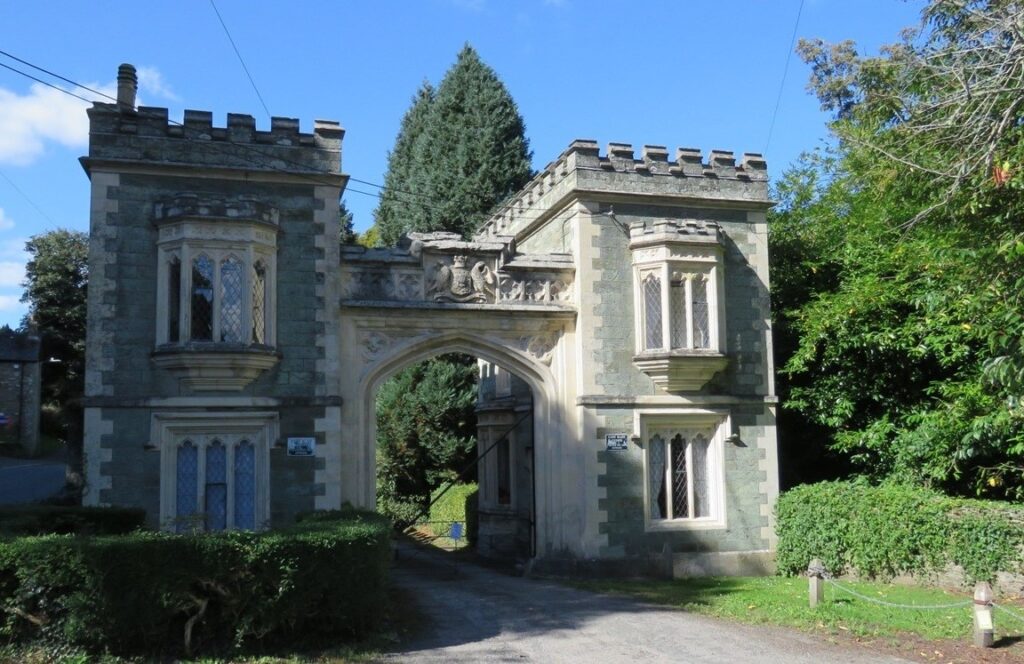
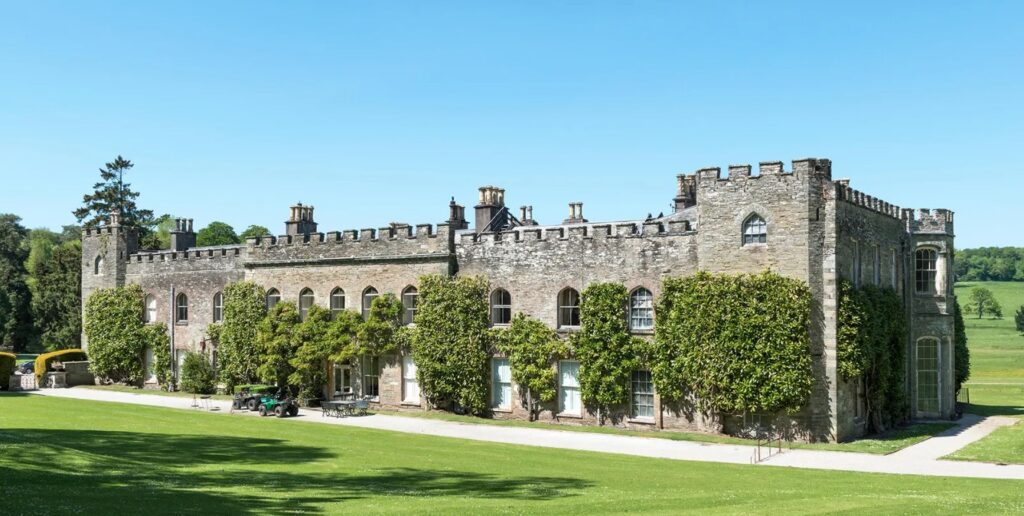


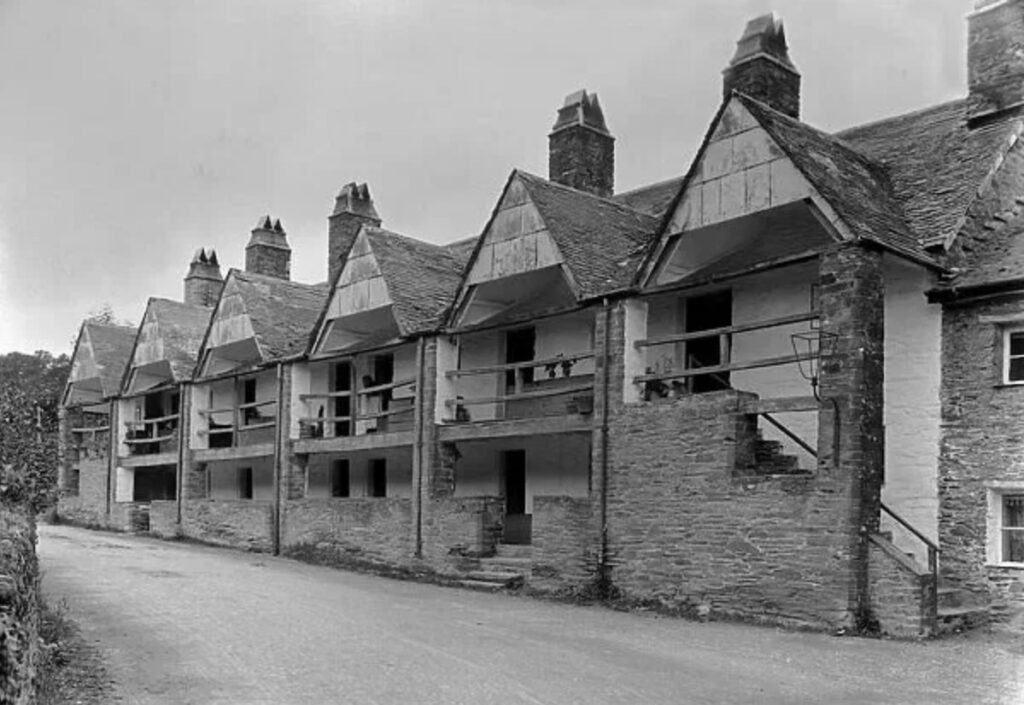
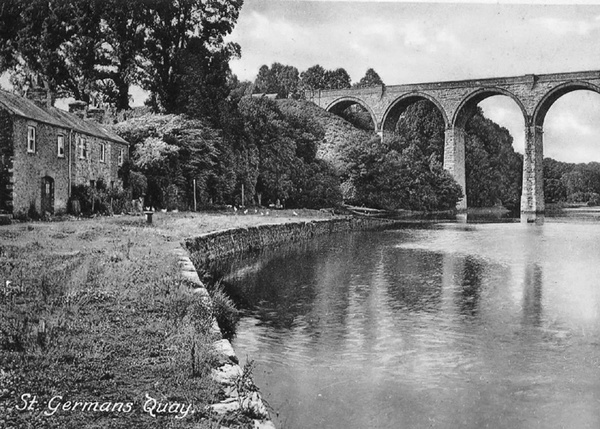
![Elephant Fayre 1983 [2] Elephant Fayre 1983](https://www.cornwallheritage.com/wp-content/uploads/2023/05/Elephant-Fayre-1983-2-300x202.jpg)

![Ertach Kernow - 24.05.2023 [1] St Germans a village with history & fun](https://www.cornwallheritage.com/wp-content/uploads/2023/05/Ertach-Kernow-24.05.2023-1-254x300.jpg)
![Ertach Kernow - 24.05.2023 [2] St Germans history and fun](https://www.cornwallheritage.com/wp-content/uploads/2023/05/Ertach-Kernow-24.05.2023-2-254x300.jpg)
![[152] Ertach Kernow Heritage Column - 24th May 2023 Ertach Kernow Heritage Column - 24th May 2023 - Events & Activities](https://www.cornwallheritage.com/wp-content/uploads/2023/05/152-Ertach-Kernow-Heritage-Column-24th-May-2023-291x300.jpg)